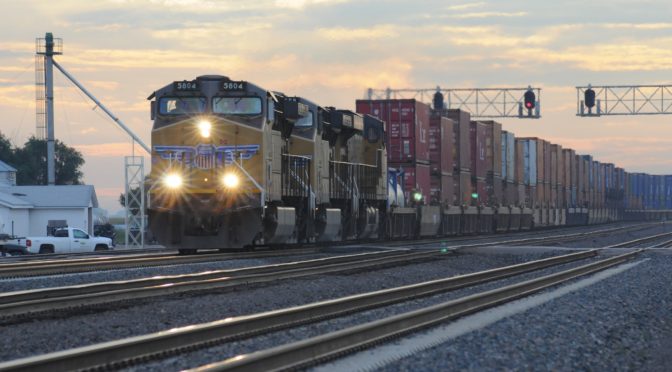
It’s a wrap-up for the Safe Driver Week 2019 and I hope your fleet has come out of it with lesser citations than the last year. The theme of this years #SafeDriverWeek was overspeeding, though overspeeding is a major cause for fatal accidents, we think there are multiple other factors that directly or indirectly contribute towards driver safety on road.

Here we are in conversation with Mr. Alok Gautam, the Country Logistics Leader at Dow Chemicals. He is an industry veteran with more than two decades of experience in the Chemicals and Oil & Gas industry. He is celebrated as a change maker and a man of keen intellect driving transformations across the industry.

Reduce your logistics management costs and increase overall efficiency by tracking drivers and their behavior in real-time. Industries, especially those with sensitive cargo and shipments, focus on tracking the behavior of their drivers to ensure service level agreement (SLA) compliance.

The Phase 2 (Mandatory Implementation) of ELDs began on the 18th of Dec 2017. US Department of Transport is mandating that drivers be on duty for a fixed set of hours (60 hours in 7 days, or 70 hours in 8 days; based on the breaks taken in between). There are multiple constraints was total hours of driving.

Logistics management has now become the singular platform for cost leadership and profit generation. Most of the Fortune 500 companies partner with management consultants to streamline their strategies and processes. Accenture has time and again reinstated the importance of profitable and agile processes. They have adapted their strengths to incorporate logistics management as a core competency.

We now stand at the forefront of the optimization revolution. Never has sweeping transformational changes benefited multiple industries more than right now. GST holds up the promise of total realignment and restructuring of how logistics movement happens across the nation. There would some resistance from some companies, as many are set in the way they have been doing things over a period and are averse to any sudden change.

Do you also take a lot of time before finalizing a logistics management solutions provider? Do you wish to check the credibility of their performance, before taking the final call? Finally, do you wish timely and safe product distribution with real time visibility at the least possible cost?

Technology can be the springboard for your resource planning. You can use schedule planning and routing software to automate logistics movement in your company. Such solutions have the potential to bring down logistics and transportation costs, whether owned or leased. Efficient fleet management can boost your resource utilization, productivity, and profitability.
Internet-connected trackers use long-range networks or Low Power Wide Area Networks (LPWANs) to let companies track specific items throughout their delivery journeys by which estimated time of arrival for the shipment can be predicted.

The next big thing, FaaS, is slated to cover more than 30% of total logistics management growing to $900 Billion by 2030. These numbers are striking enough to sit up and talk about the utilization of FaaS and how it would affect the fleet management systems already in place. How would it work?

